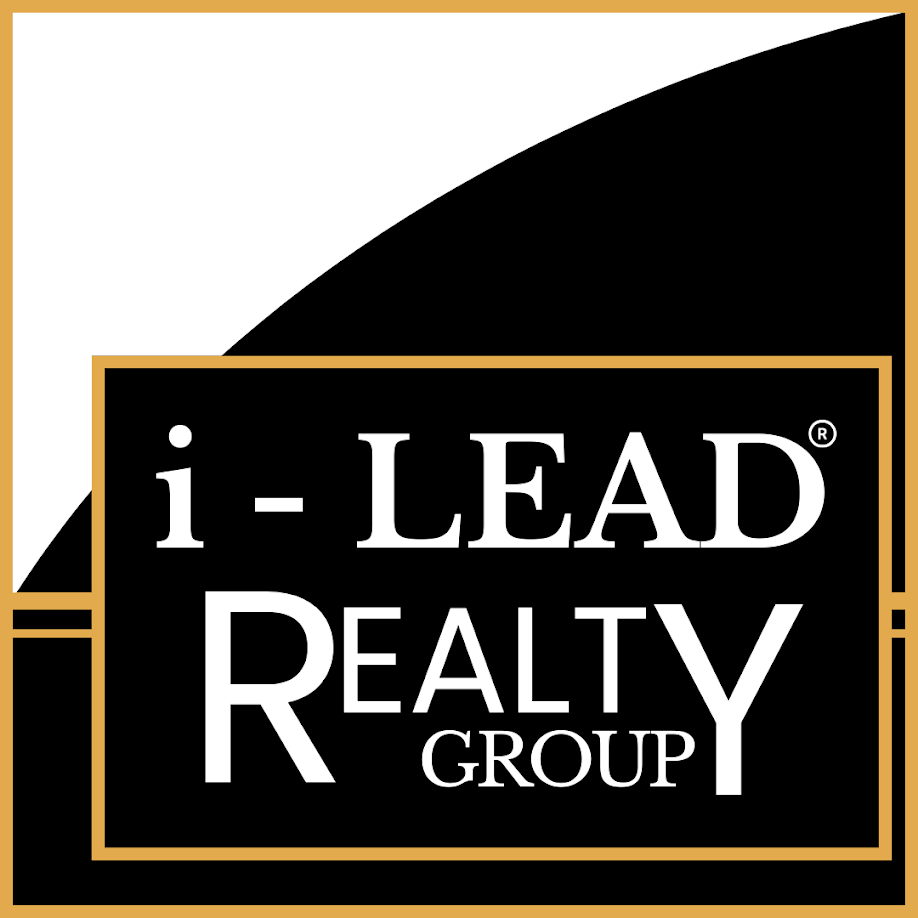History
Located near Double Springs, the “Village” of Keller began with the news that the Texas Pacific Railroad would extend north of Fort Worth. Keller was settled in the early 1850’s, and received its name at the urging of a Texas Pacific Railroad official, honoring John C. Keller, a foreman on the railroad, after the site became a stop on the railroad line. By 1882, the settlement, formerly known as Athol, become present day Keller. The wooded region around Keller attracted settlers because of the close proximity to the Trinity River, a supply of plentiful game and water, and the abundance of land for cattle raising and farming.
Population
The City of Keller occupies a territory of approximately 18.4 square miles.
Population 47,213
Employers
The economy of Keller, TX employs 23k people. The largest industries in Keller, TX are Retail Trade, Health Care & Social Assistance, and Manufacturing, and the highest paying industries are Agriculture, Forestry, Fishing & Hunting, & Mining, Mining, Quarrying, & Oil & Gas Extraction, and Manufacturing.
Demographics
Median Household Income $184,628
Total Households 16,743
Median Age: 34
Public Schools
The Keller Independent School District has 39 campuses serving more than 34,000 students. Students zoned to Keller ISD attend 23 different elementary schools, 12 different intermediate/middle schools, and 5 different high schools. Most of the schools within the district are located in northeast Fort Worth. This means Keller’s school district is substantially larger than the city itself
Entertainment
Keller has 11 park sites and more than 26 miles of hiking and biking trails. City facilities include Keller Town Hall on Bear Creek Parkway, the Keller Public Library and Keller Senior Activities Center on Johnson Road, the Municipal Service Center on Bear Creek Pkwy. West, and the city’s award-winning recreation and aquatic center known as The Keller Pointe on Rufe Snow Drive.

